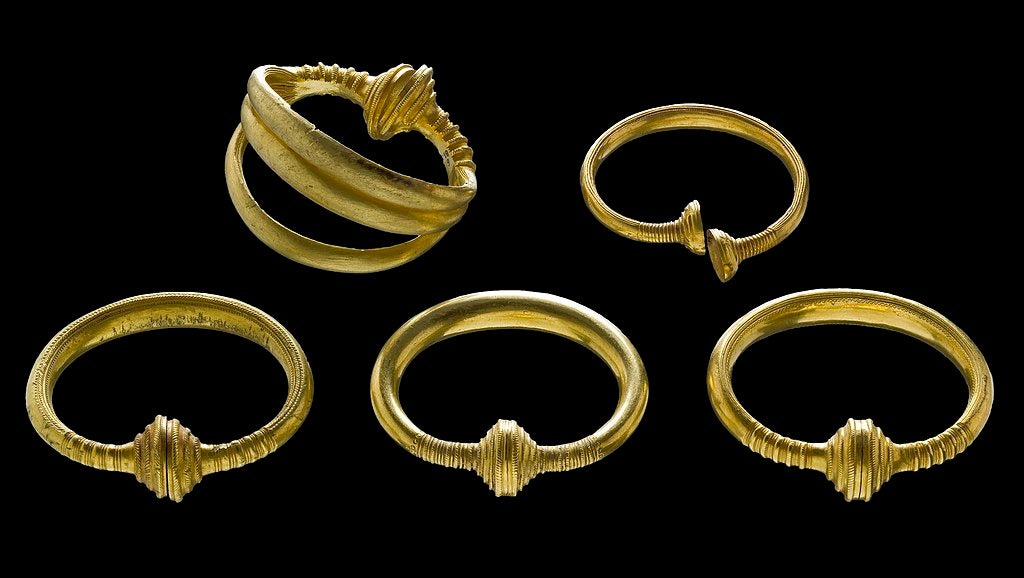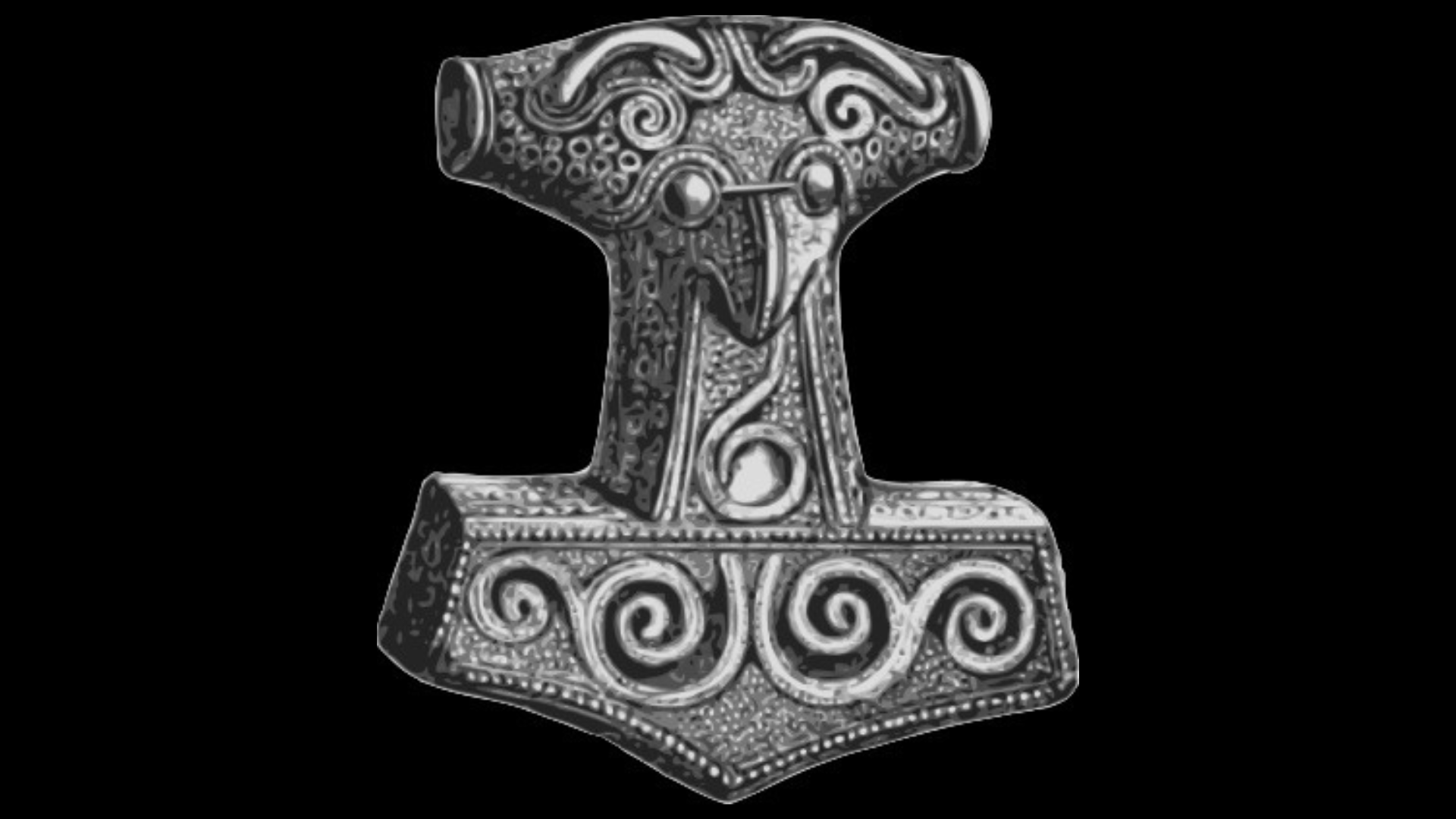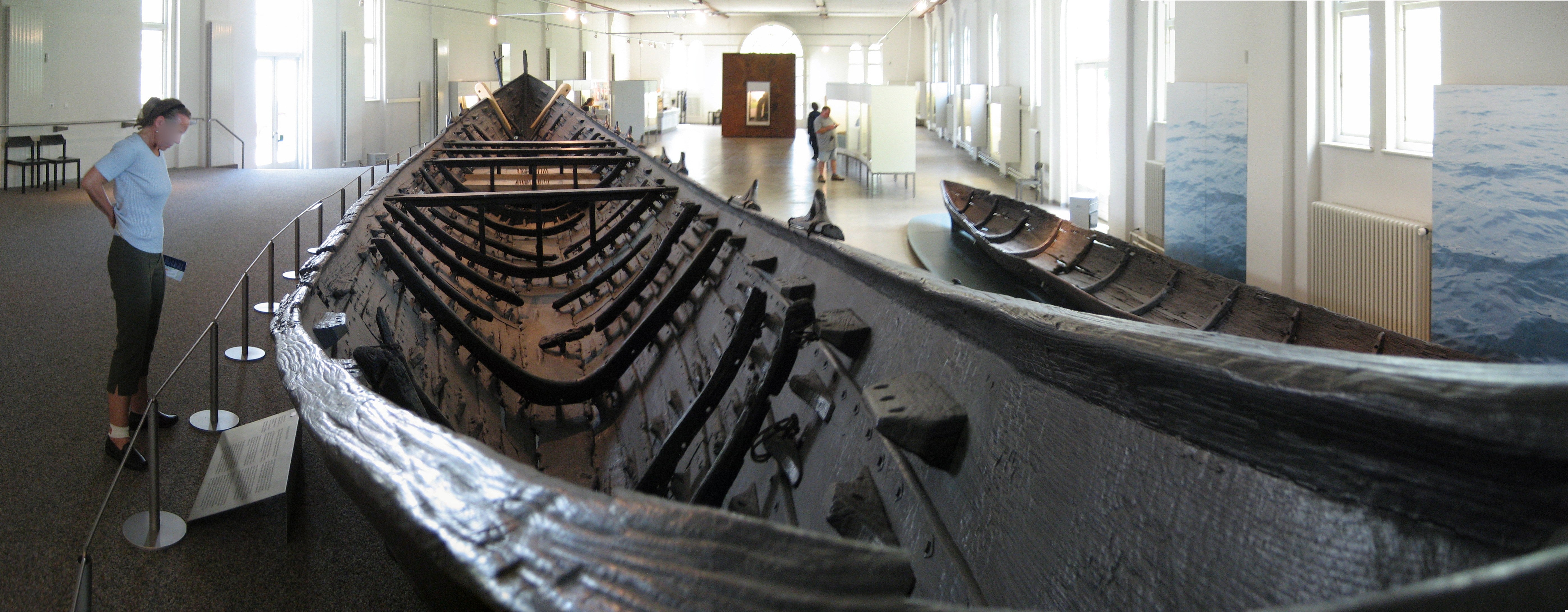
The Borgbjerg Banke Hoard: Insights into the Late Bronze Age
The Borgbjerg Banke hoard, unearthed in Boeslunde, western Zealand, stands as a remarkable archaeological discovery shedding light on the Late Bronze Age. Dating back to 1000-800 BC, long before the Viking Age, this treasure trove comprises five solid gold arm rings, known as oath rings, and six golden bowls, hinting at a place of considerable wealth and religious significance during that era.

Borgbjerg Banke's location / Image from National Museum of Denmark
The presence of these opulent gold and bronze artifacts suggests a society where power and prestige were symbolized by such lavish adornments. The oath rings, presumed to be worn by the elite chieftains of the time, were not merely items of personal luxury but held deeper religious connotations. Sacrificing such valuable items could have been interpreted as a demonstration of reverence and closeness to the divine.
Originating from the early nineteenth century, the term "oath rings" stems from the belief that these artifacts were involved in solemn oaths sworn in courts. Despite dating back to a much earlier period than the Icelandic sagas, where they first appeared, the name has endured. Varied in appearance, these rings, found as sacrificial deposits, suggest their dual role as symbols of status and objects of religious veneration.

Golden armrings, Gammelgård, Neble, Zeland, Denmark
Accompanying the oath rings, the six golden bowls add another layer of intrigue to the hoard. While their exact purpose remains elusive, their proximity to the oath rings hints at shared religious or ceremonial contexts, underscoring their significance in the rituals of the time.
The deposition of these precious artifacts offers a glimpse into the cultural and social practices of the Late Bronze Age. Sacrificial offerings, including those deposited in bogs and lakes, suggest a deep reverence for natural features believed to hold sacred significance.

Golden vessels, Borgbjerg, Zeland, Denmark
Moreover, the Borgbjerg Banke hoard enriches our understanding of ancient trade networks and cultural exchanges. The presence of such opulent gold finds in Denmark implies established trade routes and connections with neighboring cultures, further illuminating the economic dynamics of the Bronze Age society.
The Borgbjerg Banke hoard is not merely a collection of ancient artifacts but a window into a bygone era, revealing the intricacies of social hierarchy, religious beliefs, and economic interactions during the Late Bronze Age. Its discovery continues to fuel scholarly inquiry, contributing to our evolving understanding of this pivotal period in history.
Gallery:





Citations:
Category:Boeslunde Hoards, Wikimedia Commons. Available at: https://commons.wikimedia.org/wiki/Category:Boeslunde_Hoards (Accessed: 19 March 2024).
The hoard from Borgbjerg Banke, National Museum of Denmark. Available at: https://en.natmus.dk/historical-knowledge/denmark/prehistoric-period-until-1050-ad/the-bronze-age/arm-rings-of-gold/the-hoard-from-borgbjerg-banke/ (Accessed: 19 March 2024).
Sacrificial deposits in the Late Bronze Age, National Museum of Denmark. Available at: https://en.natmus.dk/historical-knowledge/denmark/prehistoric-period-until-1050-ad/the-bronze-age/arm-rings-of-gold/sacrificial-deposits-in-the-late-bronze-age/ (Accessed: 19 March 2024).








